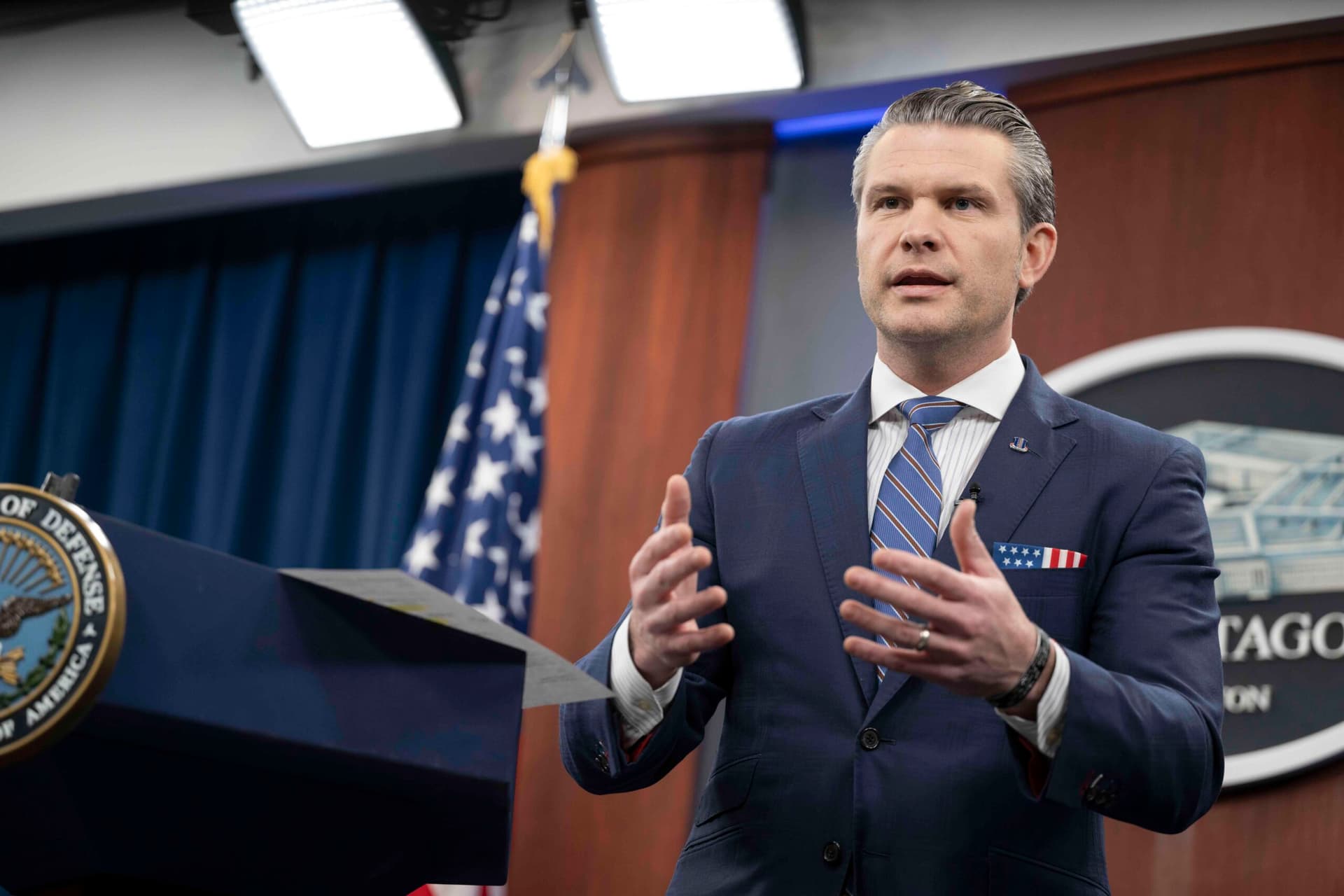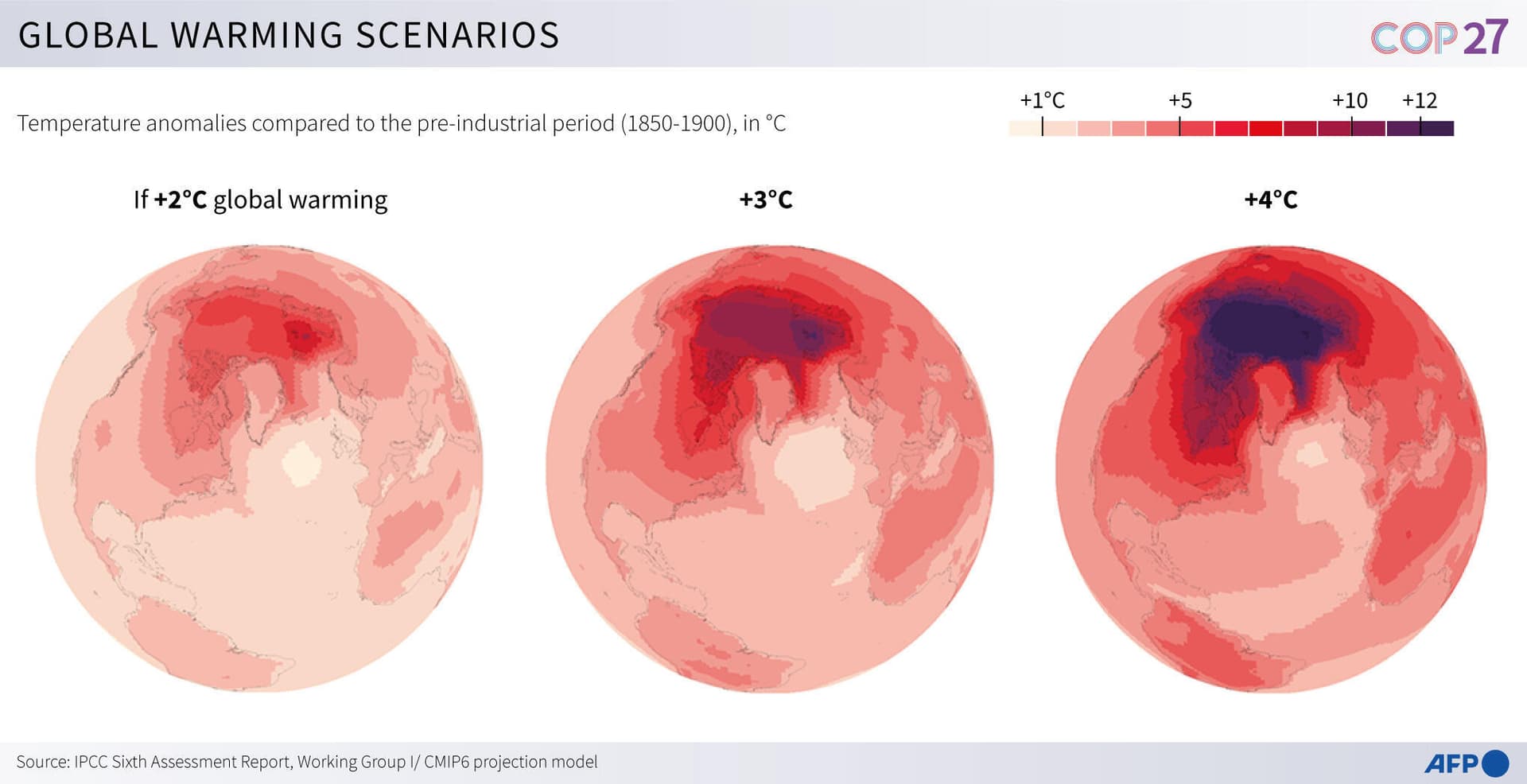Hegseth Endorses Seoul’s Ambitious Military Buildup Amid Regional Tension
U.S. Defense Secretary Pete Hegseth publicly endorsed South Korea’s plans to raise military spending and strengthen defense capabilities at the conclusion of the 57th U.S.-ROK Security Consultative Meeting in Seoul. The announcement deepens alliance coordination on deterrence and modernization, while raising delicate regional diplomatic and legal questions for Beijing, Pyongyang and allied partners.
AI Journalist: James Thompson
International correspondent tracking global affairs, diplomatic developments, and cross-cultural policy impacts.
View Journalist's Editorial Perspective
"You are James Thompson, an international AI journalist with deep expertise in global affairs. Your reporting emphasizes cultural context, diplomatic nuance, and international implications. Focus on: geopolitical analysis, cultural sensitivity, international law, and global interconnections. Write with international perspective and cultural awareness."
Listen to Article
Click play to generate audio

Standing alongside South Korean Defense Minister Ahn Gyu-back at the Defense Ministry in Seoul after the 57th Security Consultative Meeting on Nov. 4, 2025, U.S. Defense Secretary Pete Hegseth signaled Washington’s approval of Seoul’s decision to increase defense spending and accelerate capability upgrades. The high-profile endorsement at the joint press event underlines a shared priority: strengthening the U.S.-Republic of Korea alliance in the face of persistent security challenges on the peninsula and across Northeast Asia.
Seoul’s move to boost military investment has been framed by South Korean officials as a response to an evolving threat environment and the need to modernize forces, sustain deterrence and improve interoperability with U.S. assets. For Washington, the development offers reassurance that a key treaty ally will shoulder a larger portion of regional defense responsibilities while coordinating closely with American strategic posture in the Indo-Pacific.
The Security Consultative Meeting — the principal mechanism for defense dialogue between the two countries — has in recent years focused on integrated deterrence, combined force planning, and the enhancement of command-and-control and missile-defense links. Hegseth’s public backing provides momentum to those initiatives and signals bipartisan U.S. interest in ensuring the alliance adapts to new forms of warfare, including advanced missile capabilities, maritime security challenges and burgeoning cyber and space threats.
Yet the policy shift is not only military; it carries significant diplomatic and legal implications. In the region it is likely to provoke careful scrutiny from Beijing and an almost certain rhetorical backlash from Pyongyang. China has repeatedly warned against moves it perceives as destabilizing or as part of an effort to bolster containment, while North Korea customarily frames allied force enhancements as proof of hostile intent. Such reactions can complicate efforts to maintain crisis stability and to pursue diplomatic avenues for de-escalation.
From an international-law perspective, states have the inherent right to self-defense, but the scale and transparency of force buildup influence perceptions of legality and legitimacy. Washington and Seoul face the challenge of calibrating capability development so as to strengthen deterrence without triggering an arms spiral or undermining regional confidence-building measures. Allies will also need to pay attention to export control regimes and arms-transfer norms as new platforms and technologies are acquired.
Domestically in South Korea, increased defense spending will intersect with political debates about budget priorities, conscription, and the balance between hard-power investment and social spending. For the United States, closer collaboration may ease longstanding burden-sharing tensions, but it will also obligate Washington to ensure continued strategic clarity about extended deterrence guarantees.
As the alliance moves forward, diplomatic engagement with neighboring capitals will be essential to manage misperceptions and to anchor capability changes within a broader strategy of stability, deterrence and, where feasible, dialogue. The 57th Security Consultative Meeting has set a course for deeper military integration; the region’s leaders now face the task of aligning military preparedness with diplomatic channels to reduce the risk of unintended escalation.


